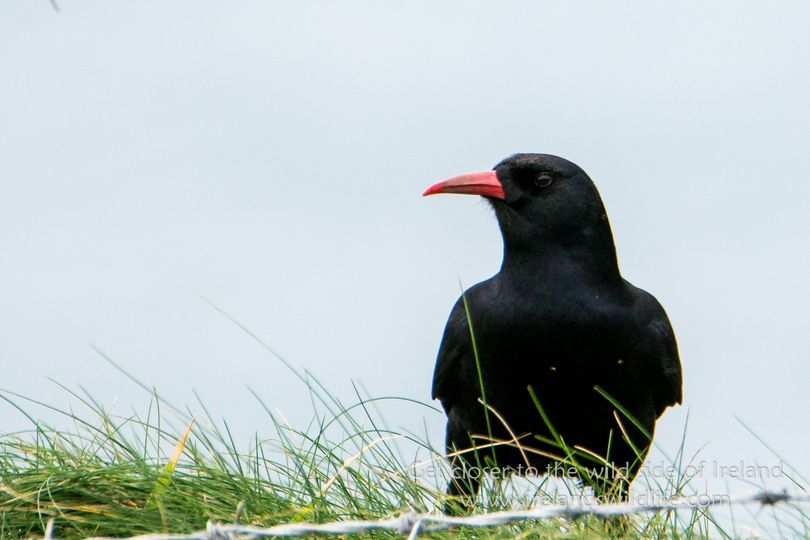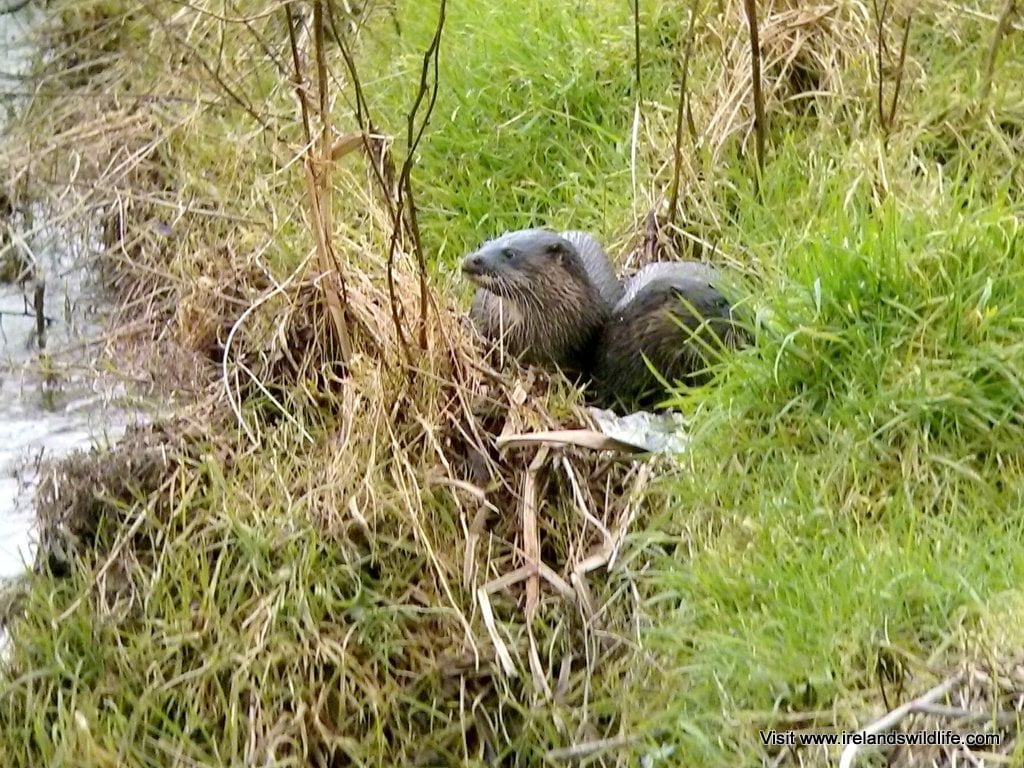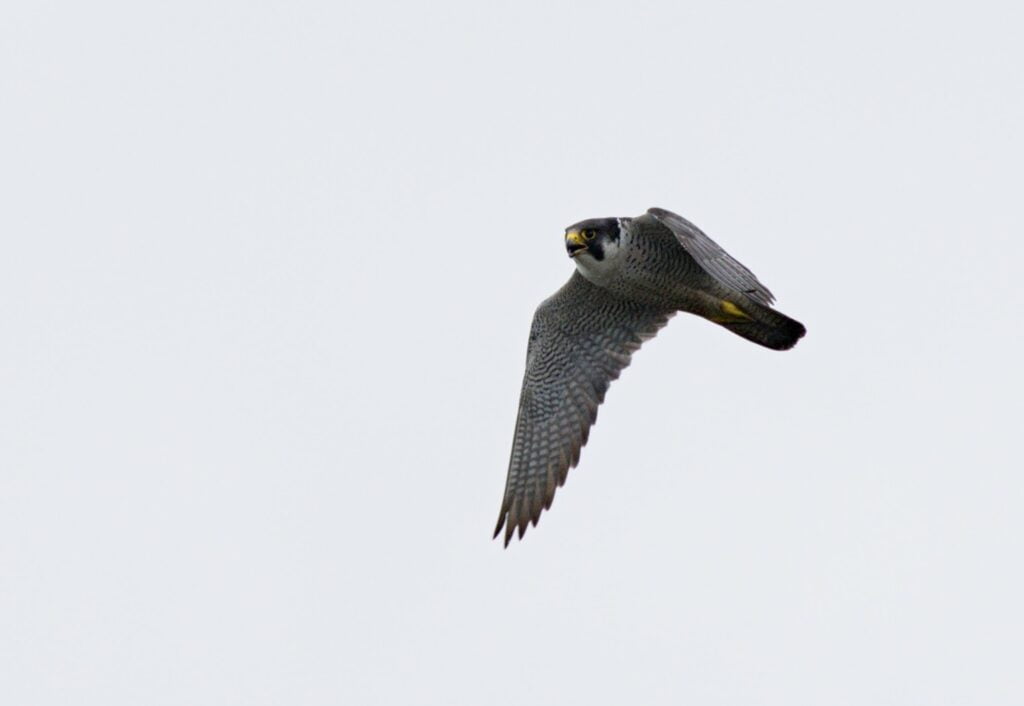Menu
There are seven resident species of corvid (or crow) in Ireland. That's a fact that fascinates both children and teachers when I visit National Schools across County Cork through the excellent Heritage in Schools scheme. I often get the children to count how many species of crow we can spot during the visits. Four is practically guaranteed, five is a good tally, six is exceptional, and I've only ever seen all seven species at one County Cork school so far.
That shows just how unusual it is.
Yesterday morning (Saturday 22 January 2021) myself and Niall Dignan met with Cork South West Sinn Féin representative, Clare O'Callaghan, at the entrance to the site of West Cork Distillers' proposed industrial warehousing complex in Tullig. While discussing the proposed development, and our community's objections to it, I saw six of our seven corvid species actively using the site.
In order they were Rook, Jackdaw, Hooded Crow, Magpie, Raven and the rare, internationally protected Chough (a pair of adults, foraging for invertebrates on the improved grassland). That afternoon we held a community meeting at the same location, and the seventh and final Irish crow species... a magnificent Jay... flew over our heads and disappeared into a treeline on the site that's slated for destruction in West Cork Distillers' plans.

To see all seven Irish corvid species using the site on the same day is remarkable, and hints that, in biodiversity terms, this little pocket of West Cork countryside is perhaps more than it initially seems. It also highlights some of the limitations of the short-term ecological survey work West Cork Distillers commissioned to support their new application.
The Environmental Impact Statement by Wetland Surveys Ireland submitted as part of that application is fine, as far as it goes. It correctly identifies and excludes valuable wetland habitat from the development, but limiting survey work to a few isolated visits in autumn and early winter will only ever give you a snapshot of a site's ecology. You can't properly assess the biodiversity value of a site, let alone the ecological impact a major industrial development is likely to have on it, based on a handful of visits at one time of the year. Working with such limited data makes assessment, assumptions, inferences and extrapolations unreliable at best, and potentially dangerous.
For example, the survey found no evidence of Badger using the site, and yet we know the Department of Agriculture monitors a Badger set in an adjacent field, so there's a high probability that Badgers forage on the site when that set is in use. Had they conducted surveys at different times of the year, I'm certain the team would have found evidence of Badgers on the site. The report also discounts the presence of Otter... and yet we know for a fact Otters occupy connected waterways just downstream of the site. With large territories, it is highly likely some of these Otters travel upstream and make use of the site.

The only raptor the survey team recorded was Buzzard... and yet I see Kestrels and Sparrowhawks hunting over the site regularly, and have recorded Peregrine, Merlin and Hen Harrier either over the site or in the immediate vicinity several times, as well as Barn Owl and Long-eared Owl. A major omission in the ecological survey is the absence of any breeding bird data, because, of course, the survey visits all happened well outside the breeding season. In spring and summer the site is occupied by many species that simply aren't present during autumn and winter. The same goes for dragonflies, butterflies, moths, bees, hoverflies, bats and myriad plant species.

In their report, the survey team points out they found Swallows' nests in the old farm buildings on the site... but noted that there were no Swallows present. Hardly surprising, as they visited the site in autumn and early winter, when the swallows were long gone. I think that makes my point about the timing of these surveys more eloquently than I ever could.
The two Choughs I saw using the site on 22 January were an adult pair, active in what we now know to be suitable breeding habitat for the species. For a long time everyone assumed Choughs only bred at coastal sites in West Cork. Wetland Surveys Ireland reinforces that assumption in their report. They noted the presence of chough at the site in September 2021, but dismissed the possibility of breeding, citing the chough as a predominantly coastal species. Recent research looking at inland breeding sites for Chough in Ireland debunks that theory. Chough can and do breed successfully at inland sites that include disused quarries, caves and old farm buildings some distance from the coast: old farm buildings exactly like those found on the Tullig site.
I believe researchers recorded Chough breeding activity at similar sites within a few kilometres of Tullig during that survey, and I've seen evidence of successful breeding first hand nearby, with a pair of adult Chough feeding three newly fledged young on dairy pasture less than 2km from the Tullig site.
Could Chough be breeding in the old farm buildings on the West Cork Distillers site? I don't know; but the key point is, in the absence of relevant data, collected at the right time of year, neither do West Cork Distillers, Cork County Council or anyone else.

We are so lucky to be living in such a rich & varied site with so many wonderful creatures around us, let's hope future generations will be able to enjoy this beauty & keep the country side as it's ment to be & industry keeps to the industrial areas where it also belongs.
West Cork Distillers Know
The Price Of Everything
And The Value Of Nothing.
They Just Want To Tear Things Down,And Destroy The Natural Beauty Of Nature.
Everything We Value Gets Sacrificed
To The Goal Of Profit Making.
West Cork Distillers and Their Backers Don't Care What Species Are On The "Tullig Site."
It's All A Big Inconvenience For Them.